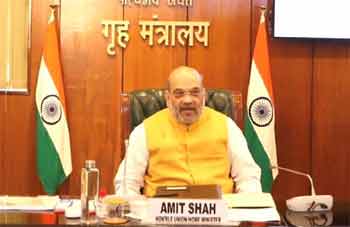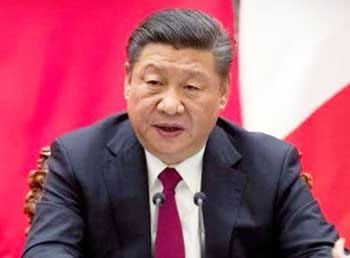INVC NEWS
New Delhi : The Union Home Minister, Amit Shah, has announced the cessation of the free movement regime between India and Myanmar. This decision, announced via the social media platform X, marks a pivotal shift in the dynamics of border management between the two nations.
Background and Rationale
The decision to halt the free movement mechanism comes in the wake of escalating concerns surrounding national security and demographic stability in the North-Eastern region of India. With a border stretching over 1600 kilometres between India and Myanmar, ensuring robust border control measures has emerged as a pressing priority for the Indian government.
Amit Shah’s Declaration
Union Home Minister Amit Shah first hinted at this policy shift during his visit to Assam on January 20, where he unequivocally stated the intention to fortify the border between India and Myanmar through physical barriers. The formal announcement of terminating the free movement agreement underscores the government’s resolve to assert sovereignty and safeguard against potential security threats emanating from porous borders.
Implications for Border Communities
The cessation of free movement is poised to have far-reaching implications, particularly for the communities residing in the border regions of India and Myanmar. While the free movement agreement facilitated cross-border interactions and trade, its discontinuation signifies a paradigm shift towards stricter border enforcement measures. This may entail heightened scrutiny of cross-border movements and increased reliance on formal border checkpoints.
Security Imperatives
At its core, the decision to halt free movement is rooted in the imperative to bolster national security. By curbing unchecked movement across the border, authorities aim to mitigate the risks posed by illegal immigration, transnational crime, and insurgent activities. This move is part of a broader strategy to fortify India’s borders and reinforce its defences against external threats.
Ensuring Demographic Stability
Beyond security considerations, the decision also underscores the government’s commitment to preserving the demographic composition of the North-Eastern states. With concerns over demographic imbalance and cultural assimilation prevalent in the region, tightening border controls is seen as a proactive measure to safeguard the socio-cultural fabric of these states.
Future Prospects
Looking ahead, the termination of the free movement regime is likely to shape the dynamics of India-Myanmar relations and border management strategies in the years to come. As both countries navigate complex geopolitical realities, the need for cooperative border management mechanisms while upholding sovereignty and security imperatives remains paramount.
Decision to halt
In conclusion, the decision to halt the free movement between India and Myanmar reflects a strategic realignment of border management policies aimed at enhancing security and preserving the demographic integrity of the North-Eastern states. While this move may entail short-term disruptions, its long-term implications are poised to strengthen India’s border security apparatus and fortify its defences against emerging threats.













